Committing to Champagne December took some planning. It’s Day 8, and I can boast the dubious achievement of having enjoyed champagne each night so far. While having champagne every night is not necessary, arranging any kind of champagne campaign, occasional or frequent, still requires logistics. What’s your budget? Will you enjoy a bottle with friends, or savor a glass or two per evening? How do you save champagne from going flat?
What defines the term champagne, anyway?
Let’s start there. Essentially, as noted on VinePair, the definition of champagne boils down to this:
For a bottle of sparkling wine to be labeled Champagne, it has to be made in Champagne, France and produced using the méthode champenoise.
Champagne is subject to a protected designation of origin, similar to the protection for Italian olive oil and wines. Still, if you’ve been of drinking age for a decade or so, you’ve probably seen champagne bandied about in quite a few ways on bottles that were distinctly not French.
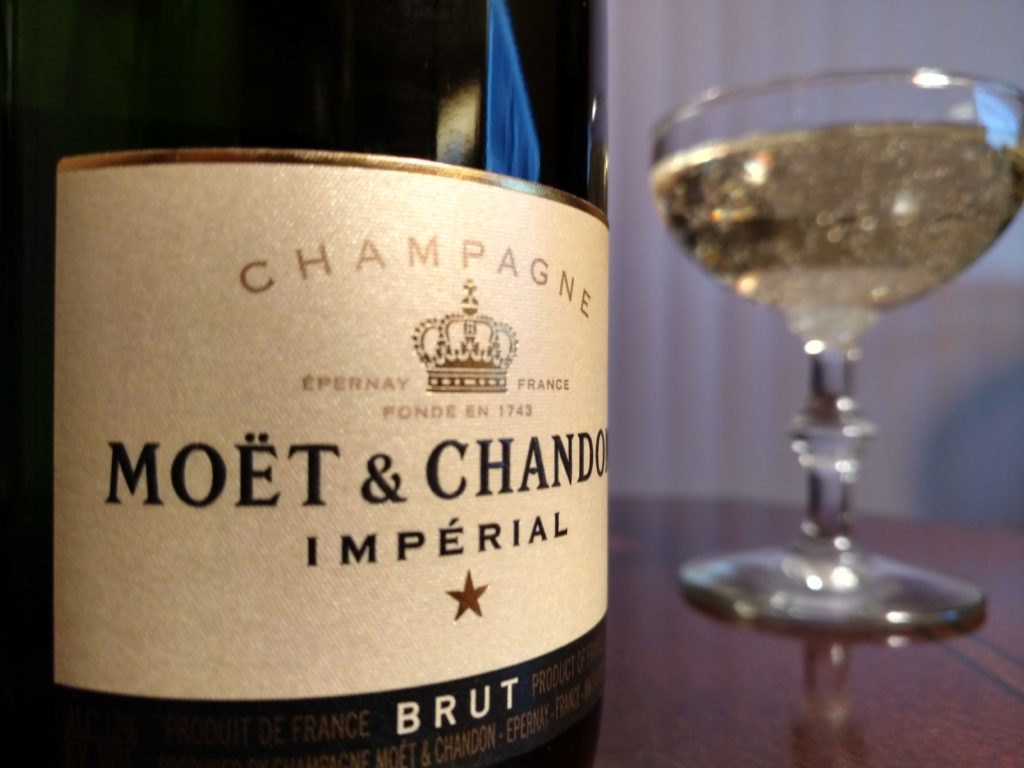
Champagne from the French region of Champagne will be clearly labelled.
Champagne is rather strictly regulated internationally, and over the last century, there’s been a lot of legal back-and-forth. I recommend the full VinePair article for a detailed account of this label war, but to summarize: a few non-French labels have been reluctantly granted permission to use terms such as California Champagne on their labels. The most recognizable of these brands are Korbel, André, and Cook’s. These brands have become some of the most popular, affordable go-to grabs for Americans on special occasions, namely New Year’s Eve.
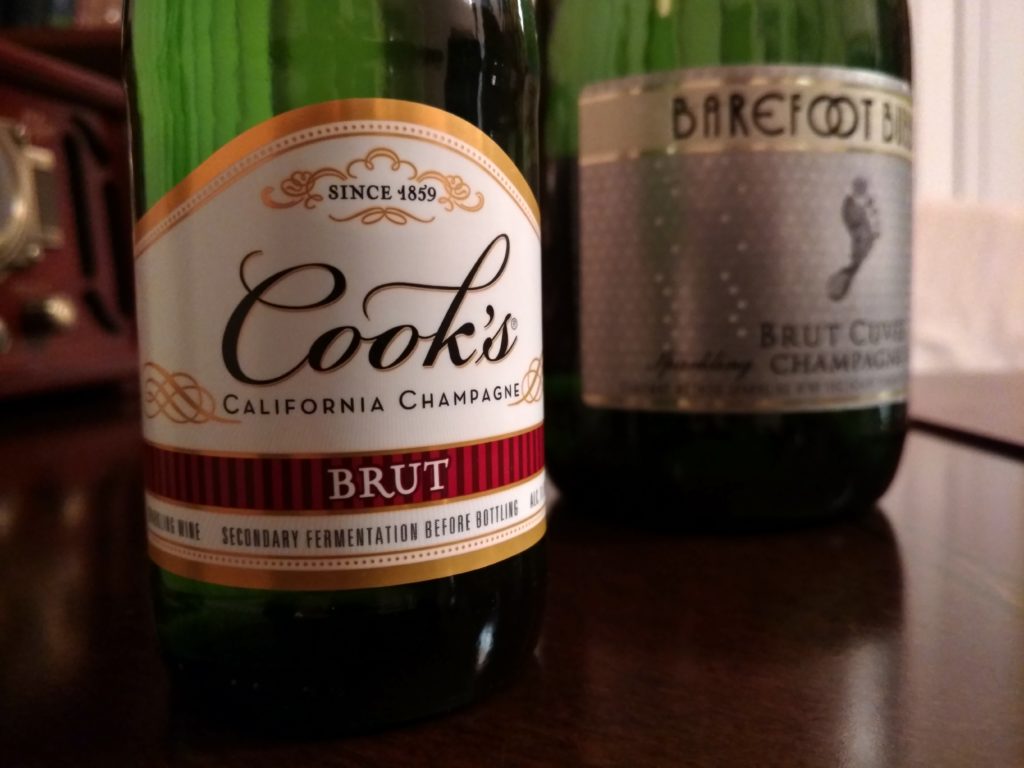
Especially in North America, the term champagne has become ubiquitous with sparkling white wine, and this is not as great a travesty as some would have you believe. In a blind taste test, many would fail to discern champagne from a similarly produced sparkling white from another country, or even another French region. The shelves abound with great contenders as well, some of which will be sure to point out that they follow either the méthode champenoise or méthode traditionelle of fermentation and production as true champagne would. Close sparkling relatives such as asti spumante and prosecco spumante hold Italian protected designations of their own, and occupy the same shelf as champagne in many stores.
How closely you define it depends on your familiarity with champagne, your passion or indifference as a purist, and most importantly, your wallet. Cruising through several liquor stores, I was unable to find a bottle of French champagne under $35, while most hovered near $60 or higher. Depending on your budget and your value perception, this might be an acceptable price range for a special occasion, but a terrible idea for Champagne December or other off-the-cuff indulgences.
So what’s your budget?
If your budget is wide open, the sky is the limit. Follow the path your curiosity takes you on all levels of champagne and related sparkling wine. Remember, other French sparkling wines, top-shelf Italian sparkling, California champagne and many Napa Valley bubblies are produced by many respected vineyards and brands.
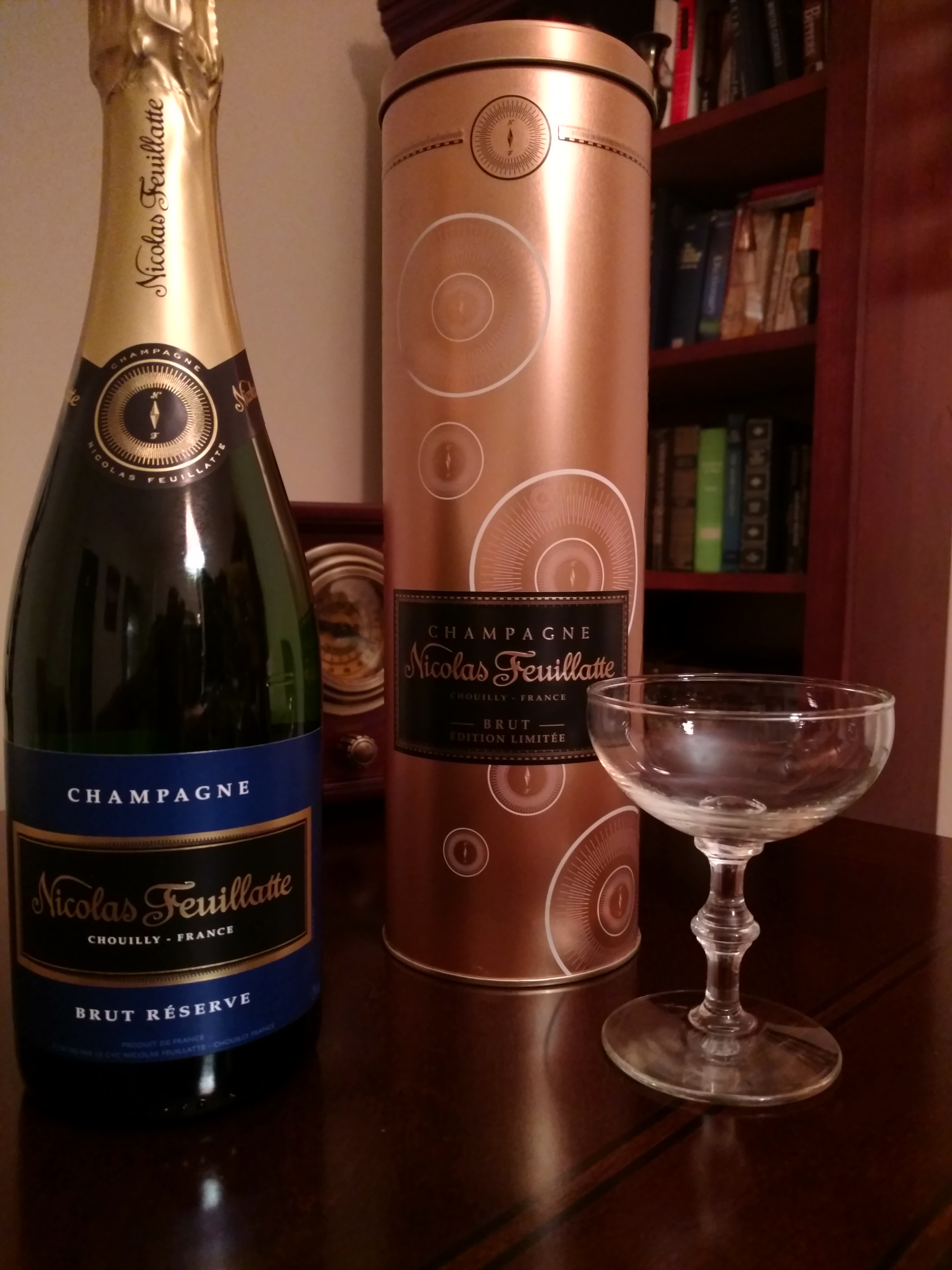
If you don’t have the budget now, or prefer to build up a quality collection incrementally, there are some great ways to do so, and even champagne-of-the-month clubs, if you’d prefer a more seasoned professional to introduce you to different varieties.
For low to mid-range adventures, it may be best to stick to the more loosely defined sparkling wine category, which prominently features California champagnes, asti, prosecco, and other sparkling delights. Investments in high-end French champagne can be occasional splurges, which can help sensitize your sparkling palate. The advantage to this is flexibility, and most importantly, an abundance of size options. The single-serve market has really picked up for bubbly, especially in the low to mid-range.
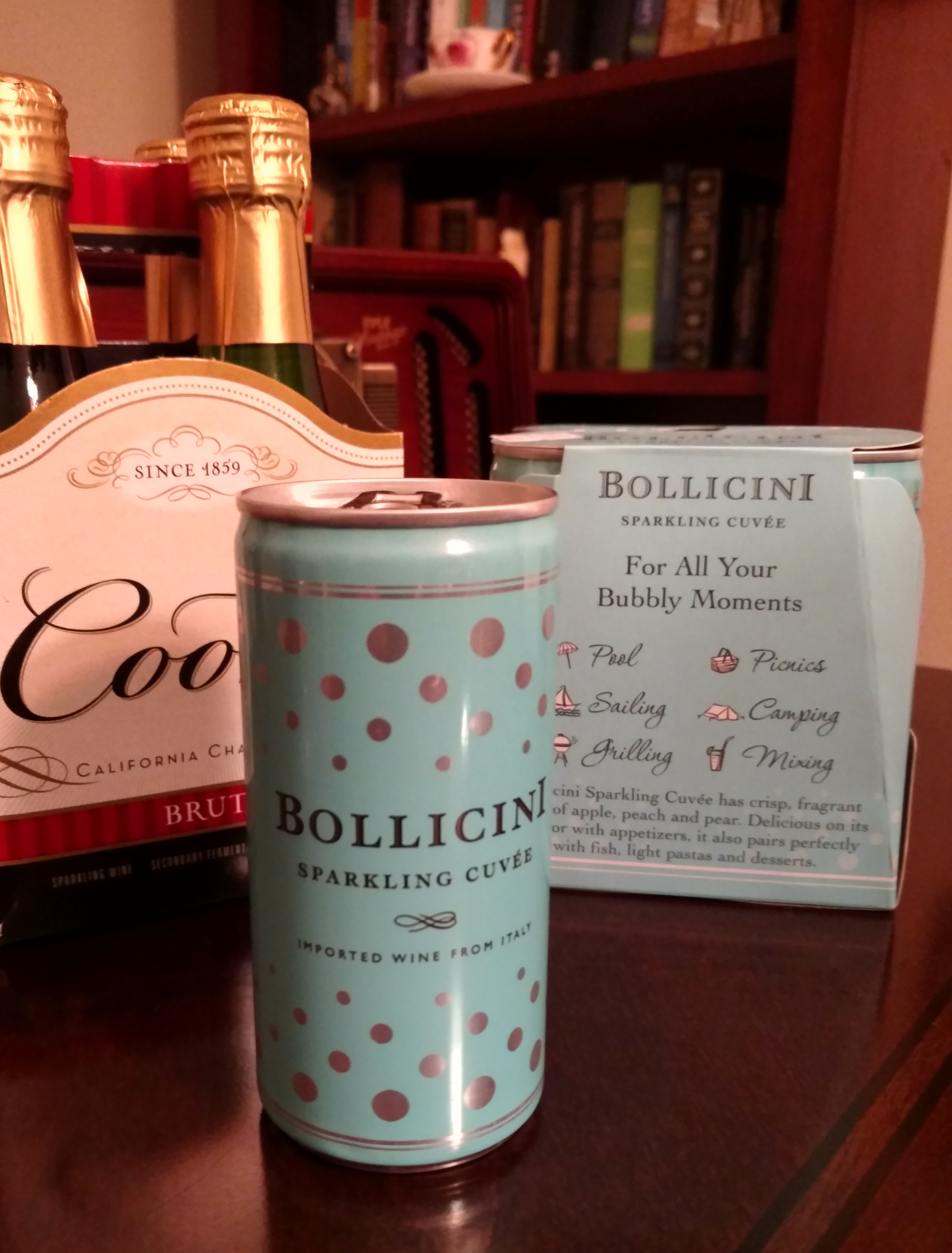
187 ml bottles and even cans are available for many low to mid-range sparkling varieties. 375 ml options also abound.
While you can find 375 ml bottles of Moët, I wouldn’t put much faith in this option for the high end of the market. So how do you enjoy your champagne if you’re a solo drinker, or quite sensibly not willing to polish off a full bottle at a time?
Champagne stoppers. Some champagne stoppers even claim to keep carbonation intact for up to a week. Do your research, and this is a time to really pay attention to reviews to ensure that your stopper does what it claims on the tin. It’s also recommended to try it out on a bottle of inexpensive bubbly first. There are no tears like those shed when you realize your $75 bottle of champagne has went flat overnight. Here are three stoppers to shop:
- Moët & Chandon’s own Champagne Bottle Stopper (Amazon, ~$19)
- Fantes Champagne Stopper (Amazon, ~$6)
- Cilio 18/10 Stainless Steel Champagne Sealer(Amazon, ~$10)
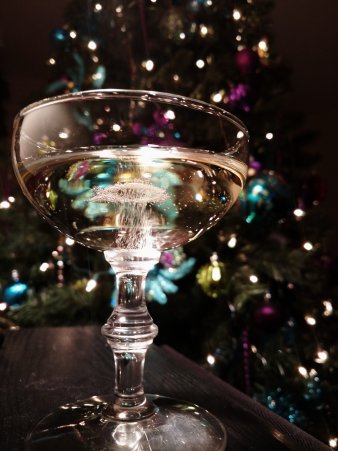
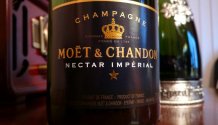
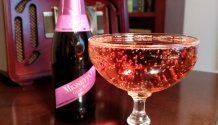
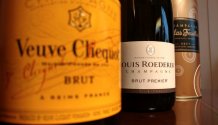
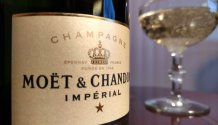
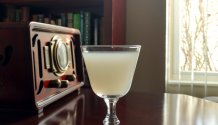
0 Comments: